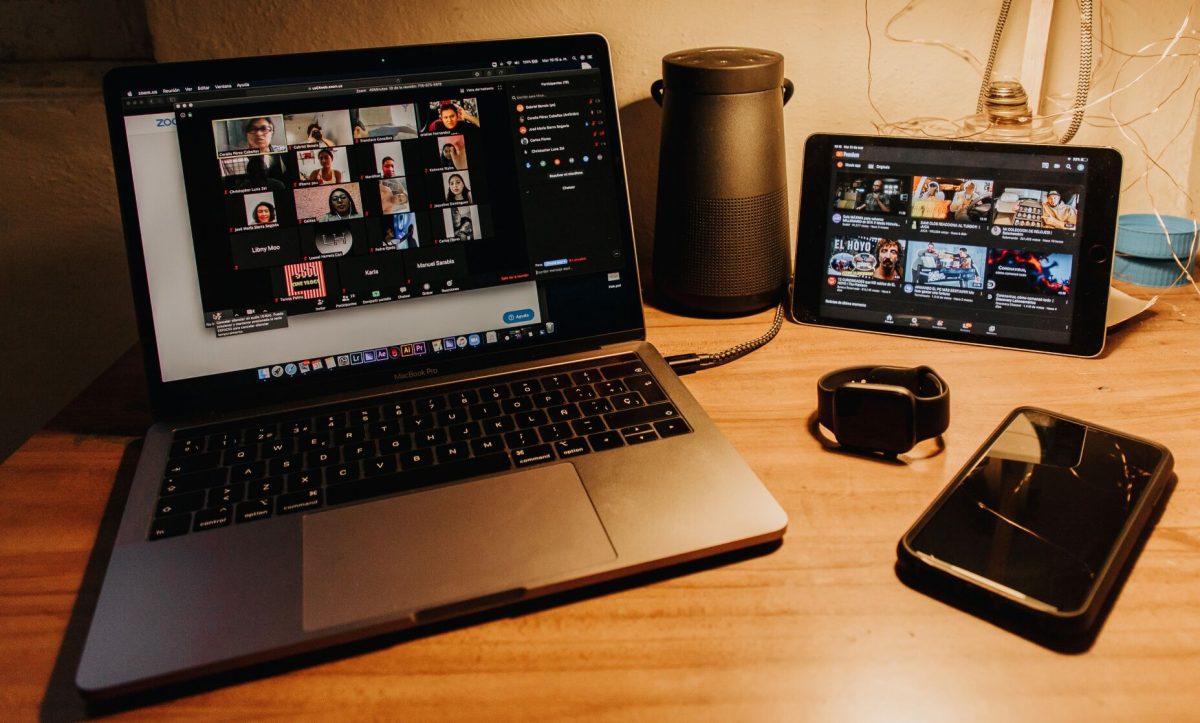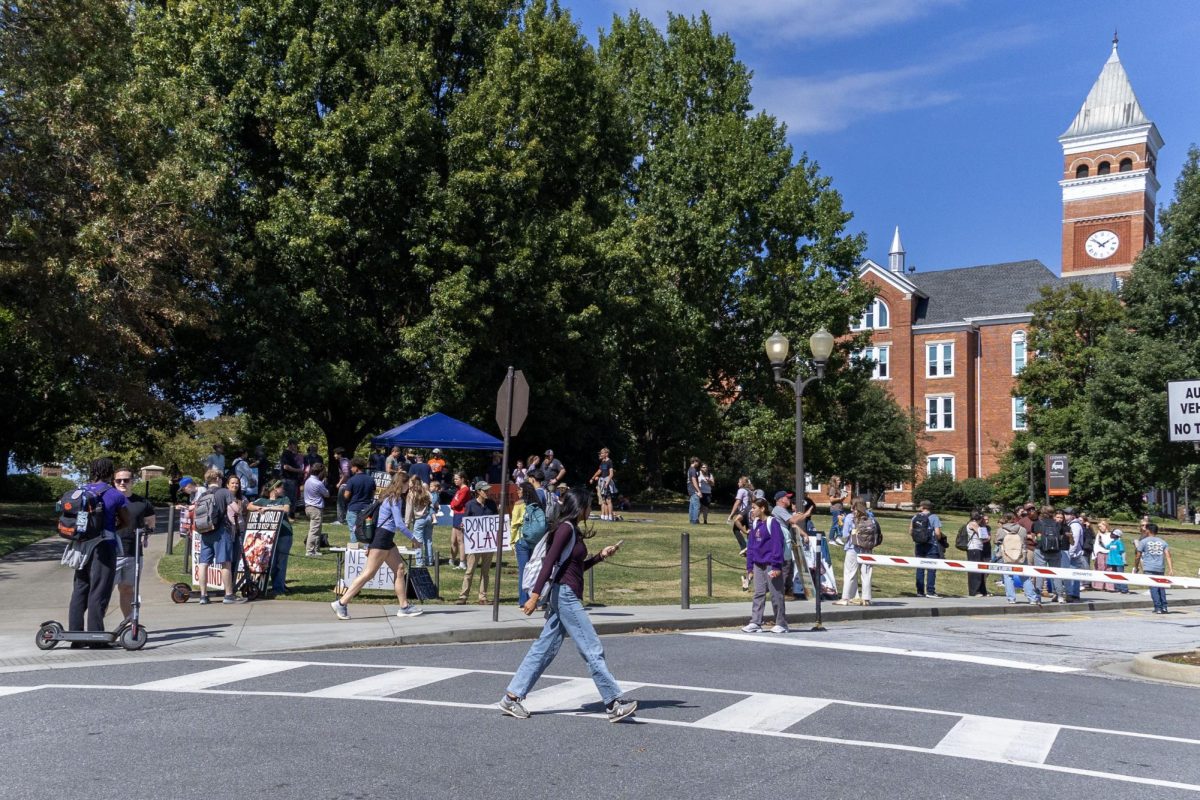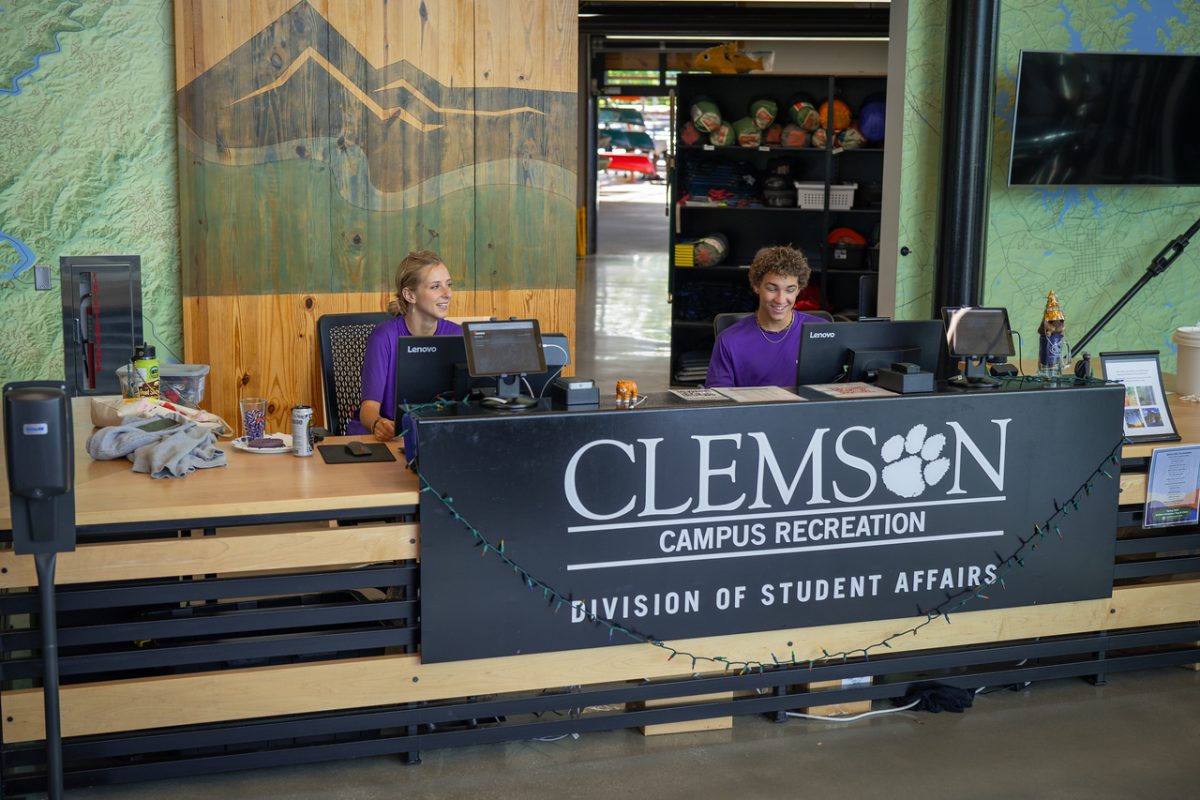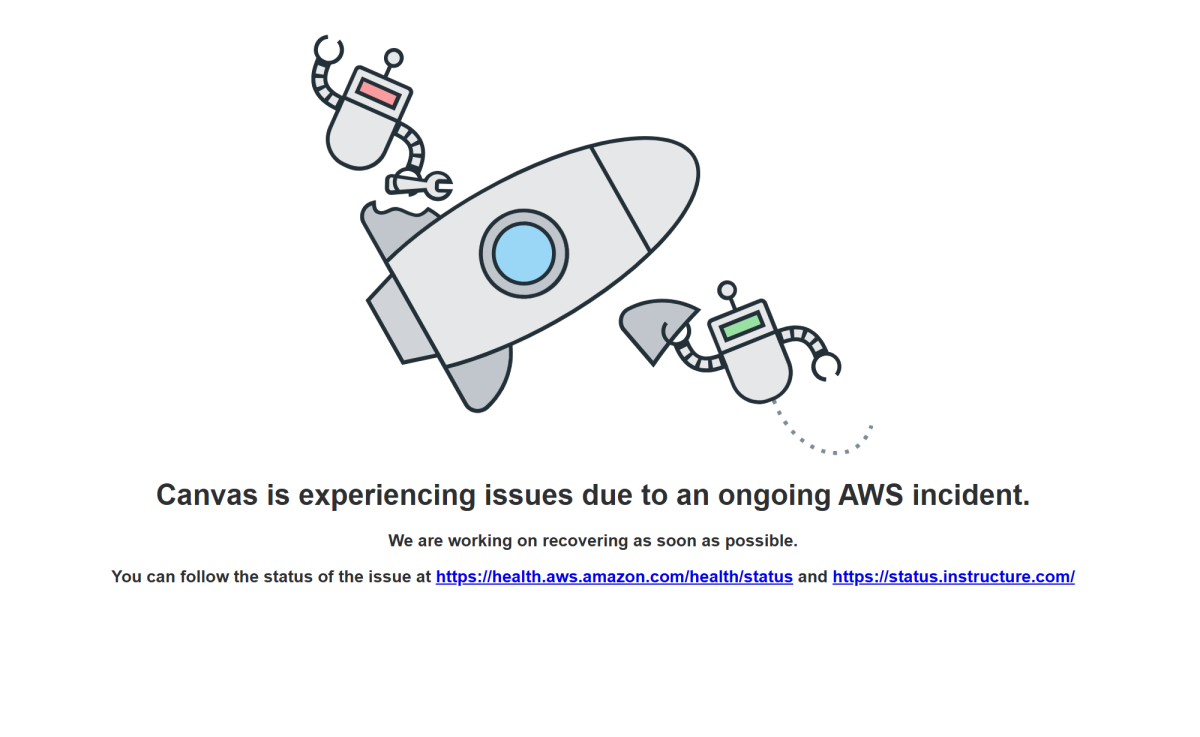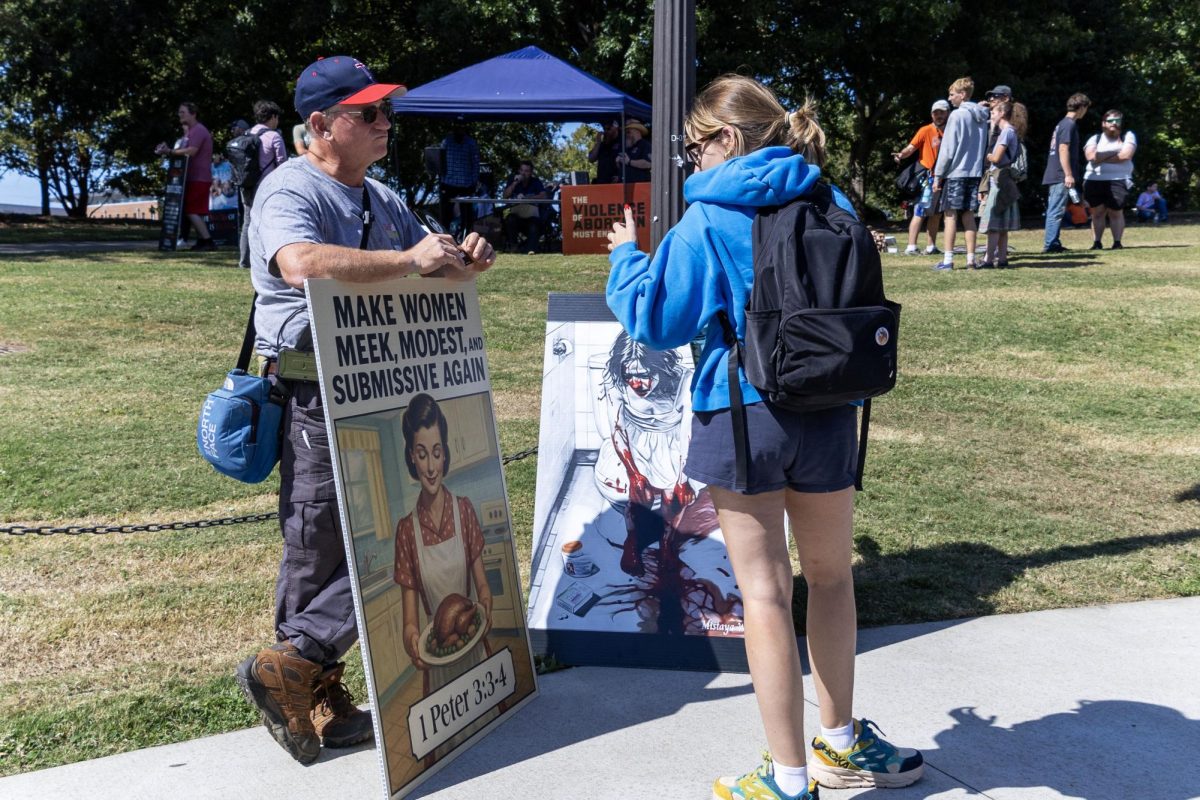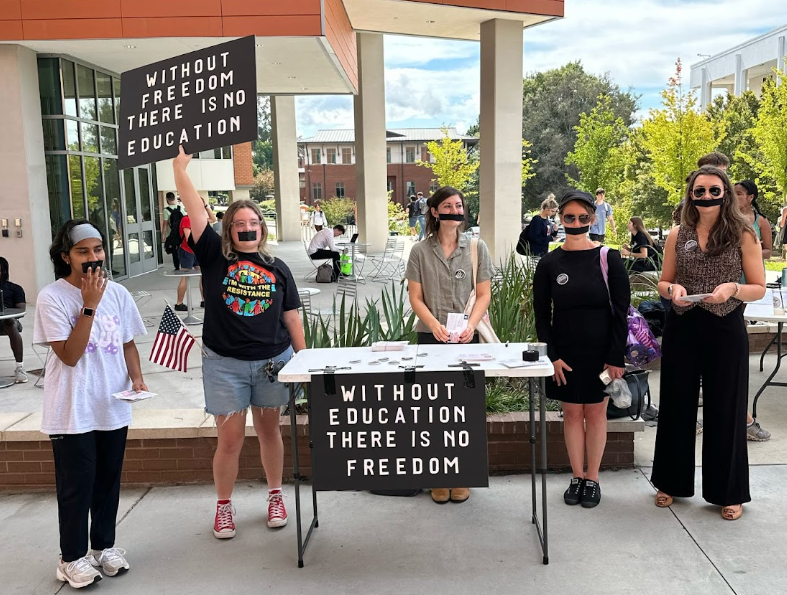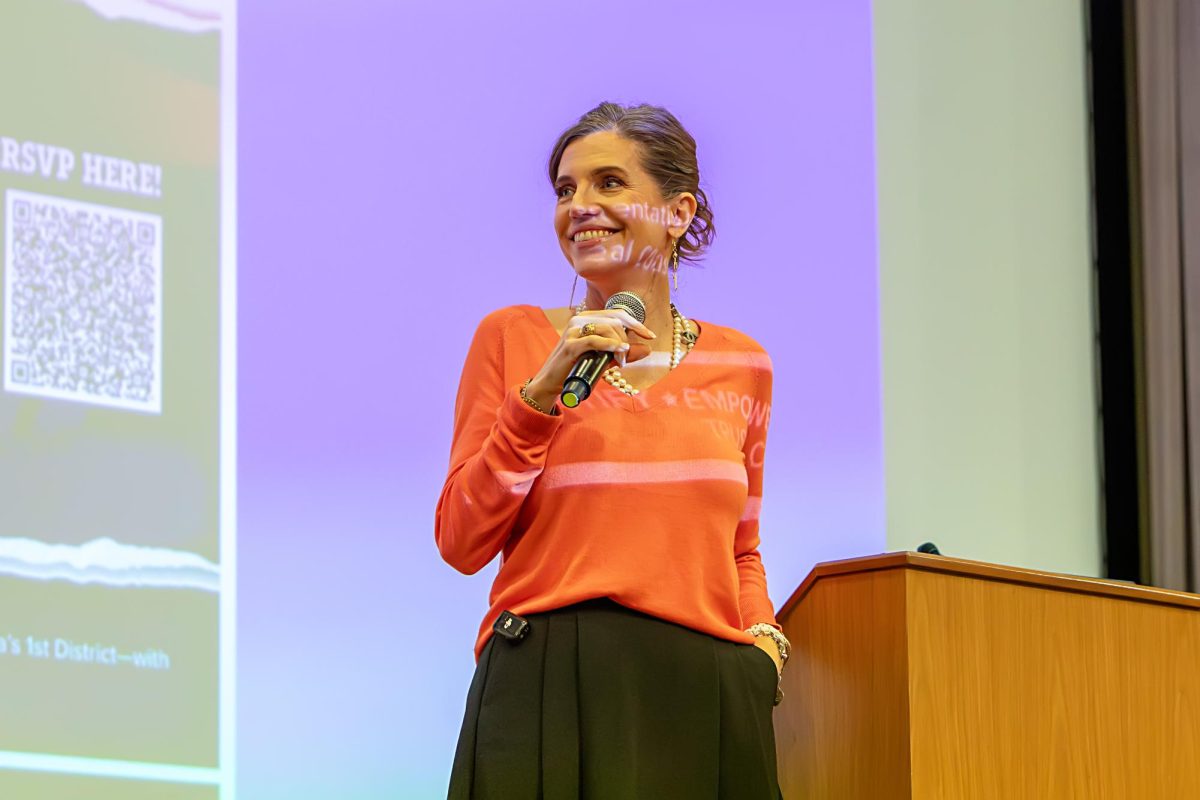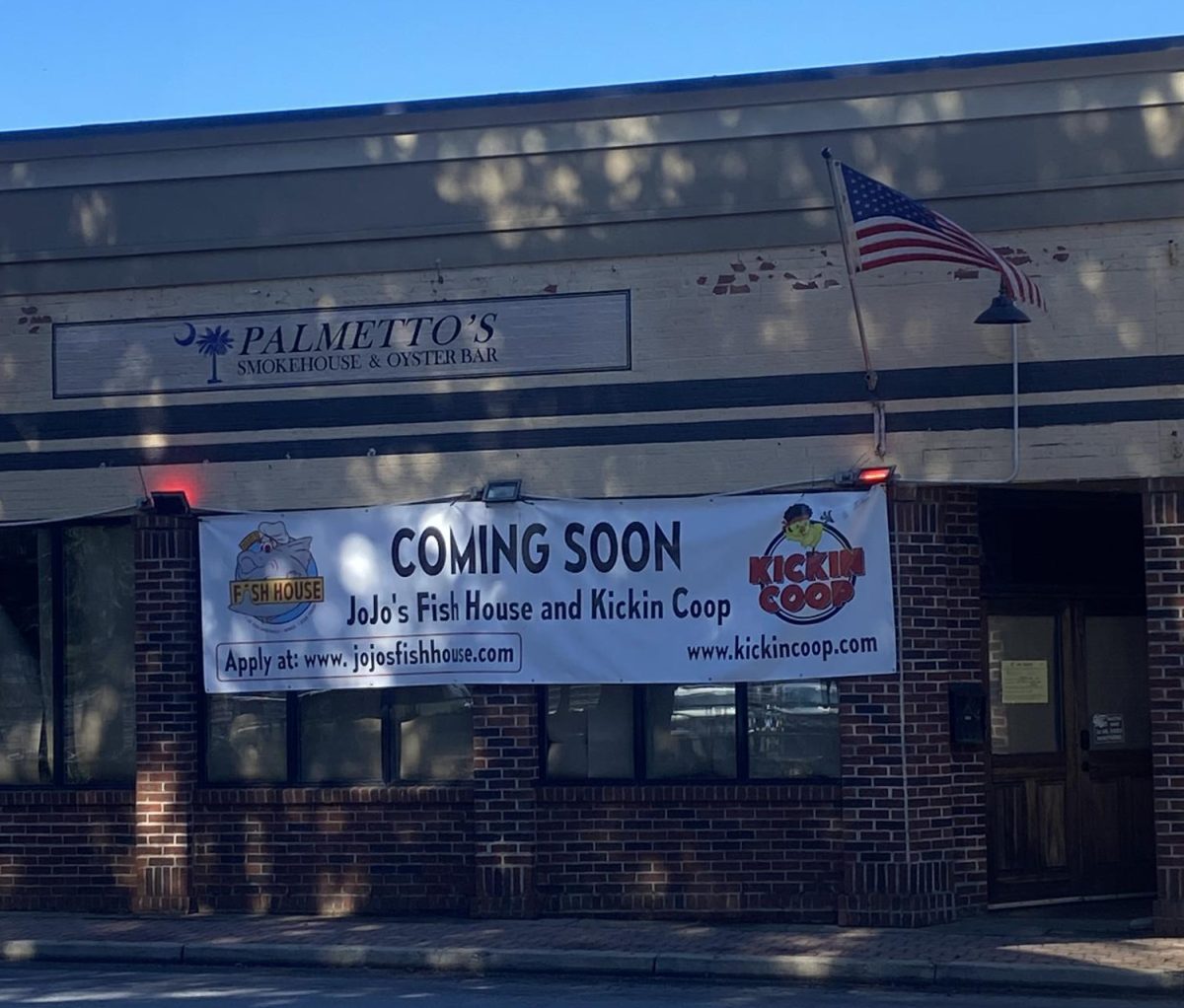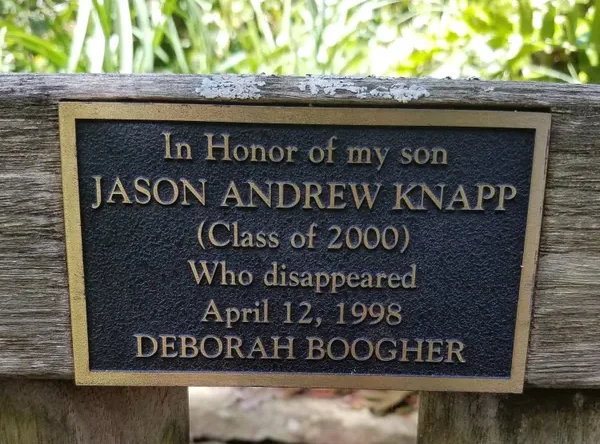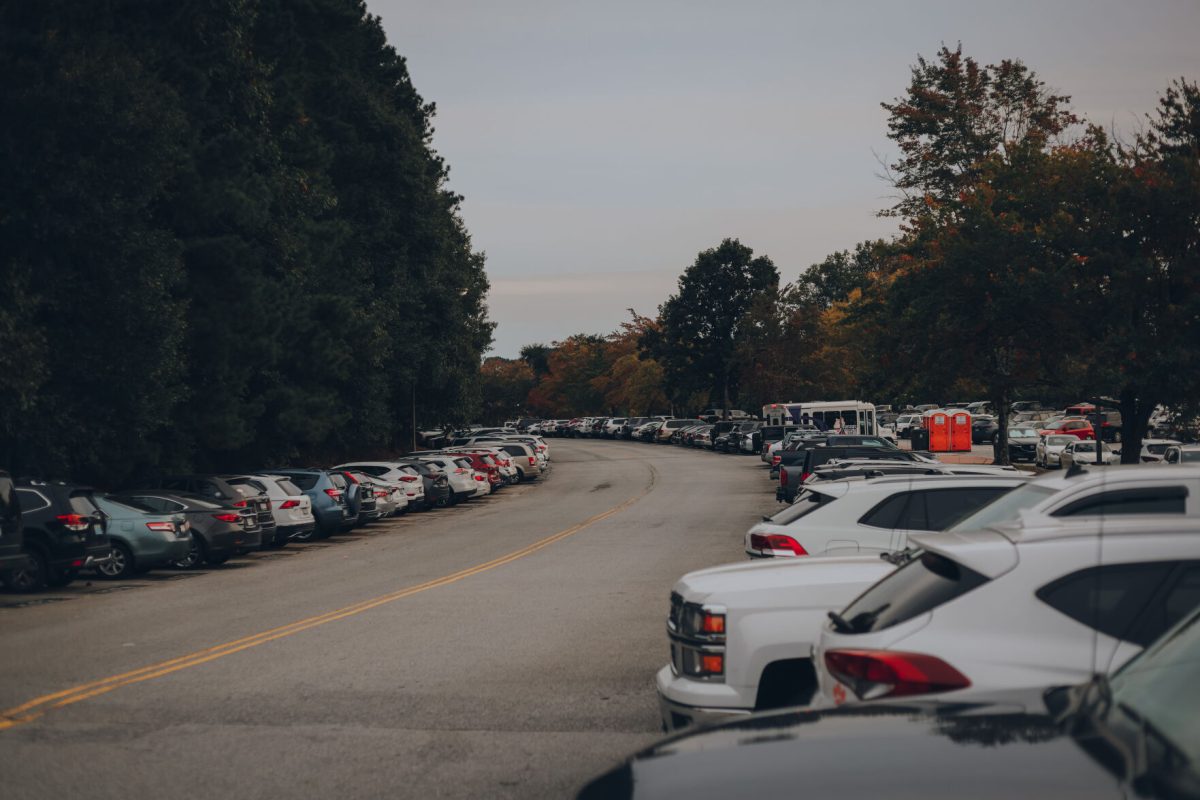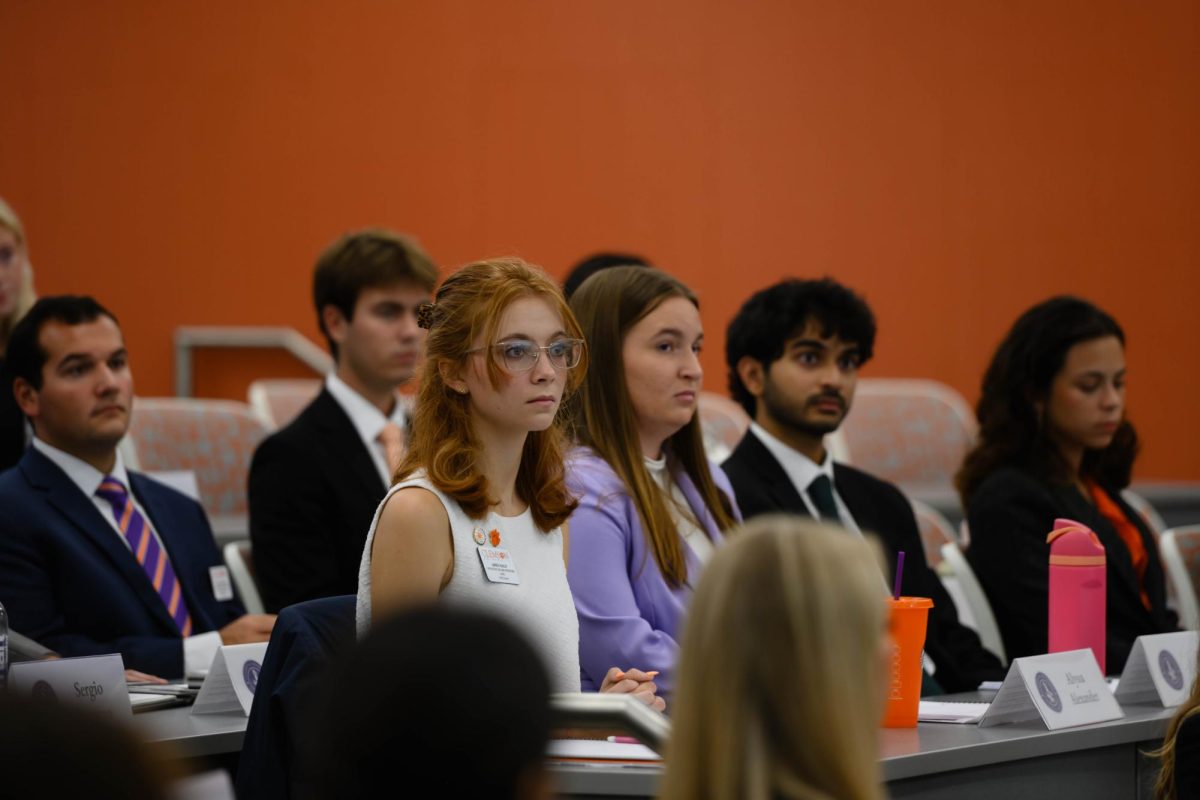As the COVID-19 pandemic surged in the spring of 2020, millions of high school seniors were forced to turn the page and abandon their high school memories as they entered into the unknown of college.
“We didn’t really know what to expect, basically,” said Cameron Kaye, a freshman special education major from Manhasset, New York. “We were bummed, it was our senior year, we had so many events planned.”
“I thought it was only going to last two weeks,” said Neal Fyock, a freshman pre-business major from Ellicott, Maryland.
With college quickly approaching in the fall, many students began to question what their freshman year would look like.
Will campus be different now that there is a pandemic? Will students be able to meet fellow freshmen? Will students be able to achieve the true college experience?
Clemson University. Kaye and Fyock were not the only freshmen wondering what student life would be like during a pandemic. They were just two of the 3,932 freshmen to enroll in the fall of 2020, according to Clemson Admissions.
Kaye received his acceptance letter from Clemson three weeks before the pandemic. The acceptance wasn’t a surprise to him, considering his grades matched up perfectly with Clemson’s academic standard, but it still gave him a sense of accomplishment that he had been accepted into one of his top schools.
From there, Kaye accepted his admission into Clemson in April, as the pandemic began to take shape. Although there was a sense of excitement for Kaye, he was still skeptical about his transition to campus.
“I didn’t think our freshmen student body was going to come to campus. I was upset, I felt like my class was being targeted by the university. But I still tried to be optimistic about the situation.”
Fyock, also expressed similar concerns after accepting his admission to Clemson in April.
“As a freshman, you want the full college experience, you want 100%,” he said.
Although Fyock was from Maryland, he knew exactly what the Clemson experience entailed.
“The sports, the people, the atmosphere in general, that’s what drew me to Clemson,” he said.
Since Fyock’s sister was a graduate from Clemson, Fyock had already been accustomed to Clemson’s traditions. He knew from the moment he first stepped on campus that this was where he wanted to go to school.
As Kaye and Fyock prepared to head to Clemson in the fall, their skepticisms, expectations, and concerns were met head on.
Although freshmen were allowed to move on campus, almost every aspect of Clemson’s campus was changed to satisfy COVID-19 regulations and guidelines.
Students were not permitted to eat in the dining halls, gather in large groups, or allowed on campus or campus facilities without a mask. In addition, many courses were moved to an online format, and students were limited from interacting with each other through intramural sports, Greek life events, and other university programs.
Within the first week of the fall semester, both Kaye and Fyock could feel the negative effects of these regulations on campus.
Kaye remembered his first week on campus vividly.
After moving into Greer Hall, Kaye remembered how excited he was to begin meeting new people, especially his hall mates. However, no one seemed to leave their rooms or wanted to interact with anyone.
“The regulations that Clemson put in place made everyone feel isolated,” said Kaye. “We couldn’t hang out in large groups, we had to stay six feet apart in the dorms, and that made everyone just stay in their rooms and interact with their roommates instead. We were limited.”
Three days into Kaye’s first week, Kaye decided to rush and have another chance to meet new people. Although rush was conducted online, he believed this was the best outlet to branch out on campus.
Sadly, fall rush would not last awfully long for Kaye.
“I tested positive for COVID-19,” he said. “I had to quarantine for 10 days and I was bummed. I didn’t get a bid anywhere since I wasn’t able to meet any fraternities before formal rush, and I was isolated from campus. That affected my whole semester.”
During those 10 days, Kaye felt like he was missing out on other opportunities to meet new students as well. Even though he was limited to meeting people in the hall and through rush, Kaye still felt like he missed the cut.
“I was late to the party,” he said. “While everyone was slowly trying to meet new people, I was stuck in quarantine.”
For Fyock, his first week was remarkably similar to Kaye’s.
When Fyock moved into Byrnes Hall, no one made an effort to meet new people on the hall.
“It was weird,” he said. “I didn’t know anyone in my hall for a while. It was a weird feeling not being able to meet new people.”
Fyock remembered students leaving their dorms only to use the restroom or get food at the dining hall and then bring it right back to their rooms. Even though Fyock wanted to try to get to know his fellow freshmen, it seemed like the pandemic negatively affected his efforts.
“There was definitely a buffer present. It didn’t feel like college at that point.”
On campus, the buffer was even more profound.
When Fyock went to Schilletter Dining Hall for the first time, there was a line that stretched out onto the street. Since students were not allowed to eat in the dining halls, they had to wait in line to grab their meals and take them back to the dorms.
Each student had to stay six feet apart, wear their masks and question their future on campus, including Fyock.
“The only time I saw students on campus was when students stood in line for food at the dining halls,” he said. “Campus was vacant, it didn’t feel right. To some respect, the experience on campus felt like jail.”
The fall semester seemed to foreshadow an unpleasant year for both Kaye and Fyock. Although they would both eventually conform to campus protocols and experiences, they made it their goal to break the barriers of the fall semester and start fresh in the spring semester.
In Kaye’s mind, the fall semester was a practice run.
“I treated the second semester like it was my first time on campus,” said Kaye. “In the spring, I wanted to break out of my comfort zone, fight the challenges of these restrictions, and really get to experience Clemson.”
Fyock also had a similar mindset going into the spring.
“I wanted to reach out to more people, get as involved on campus as I could, and take advantage of the second semester,” he said.
In the spring, Kaye and Fyock both accomplished that goal.
Kaye was able to rush again in the spring and join a fraternity and also meet more of his hall mates in Greer Hall.
Fyock was able to join an intramural soccer team, reach out to his hall mates, rush in the spring and join a fraternity.
Their experience on campus was a challenge; it was something that no incoming class had experienced before.
Both Kaye and Fyock overcame the obstacles of the fall semester and COVID-19 restrictions on campus to make their college expectations a reality.
This article was written by a student of ENGL 3330: Writing for the News Media, which is taught by Mike Pulley.



